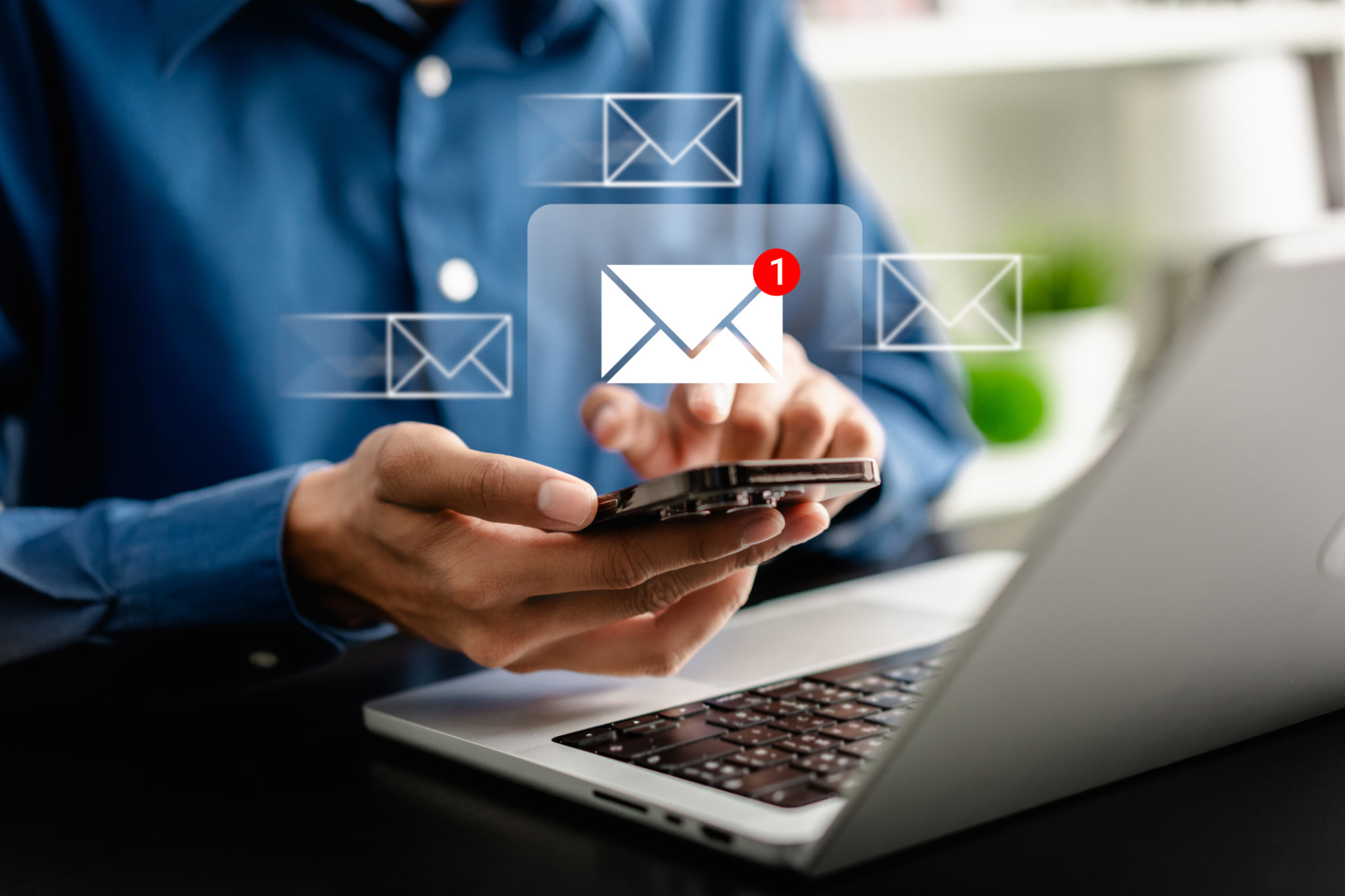Personalization in Email Marketing: Techniques and Tools
Email marketing remains a powerful tool for businesses looking to connect with their audience. However, the days of generic, one-size-fits-all messages are long gone. Today, successful campaigns rely heavily on personalization to cut through the noise and engage recipients effectively.
Understanding Personalization in Email Marketing
Personalization in email marketing refers to tailoring email content to individual recipients based on their preferences, behaviors, or demographics. This approach not only enhances user experience but also boosts engagement and conversion rates.
By using personalized elements, businesses can create a more intimate connection with their audience, making recipients feel valued and understood.

Techniques for Effective Personalization
Segment Your Audience
Segmentation is the foundation of effective personalization. By dividing your email list into smaller, more homogenous groups, you can tailor your messages to meet the specific needs and interests of each segment. Common segmentation criteria include:
- Demographics (age, gender, location)
- Purchase history
- Behavioral data (website interactions, email engagement)
Dynamic Content
Dynamic content allows you to change certain parts of an email based on the recipient's profile. For example, you can display different product recommendations or offers depending on past purchasing behavior. This approach ensures that each subscriber receives content that resonates with their interests.

Tools to Enhance Personalization
Email Marketing Platforms
Many email marketing platforms offer robust personalization features. Tools like Mailchimp, HubSpot, and SendinBlue provide automation capabilities, allowing you to create personalized email workflows based on triggers and conditions.
Customer Data Platforms (CDPs)
CDPs are invaluable for collecting and analyzing customer data. They consolidate information from various sources, enabling marketers to gain deeper insights into customer preferences and behaviors. This data can then be used to create more personalized email experiences.

Benefits of Personalization
Personalization leads to increased engagement, higher open rates, and improved conversion rates. When customers receive content tailored to their needs, they are more likely to take action, whether it's making a purchase, signing up for a webinar, or downloading a resource.
Moreover, personalization builds trust and loyalty, as customers feel recognized and appreciated by the brand.
Conclusion
Incorporating personalization into your email marketing strategy is no longer optional—it's essential. By leveraging techniques like audience segmentation and dynamic content, and utilizing the right tools, you can create compelling, personalized experiences that drive results.
As the digital landscape continues to evolve, staying ahead with personalized email marketing will ensure your messages resonate with your audience and achieve your marketing goals.